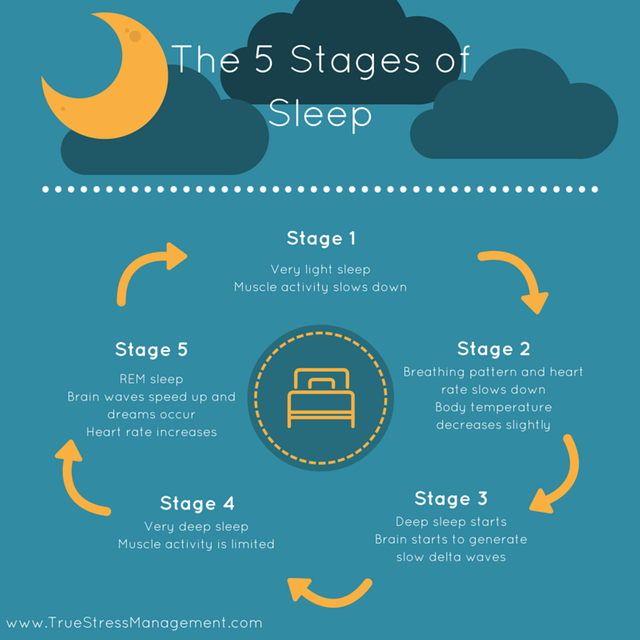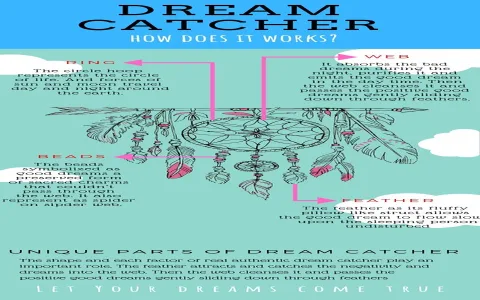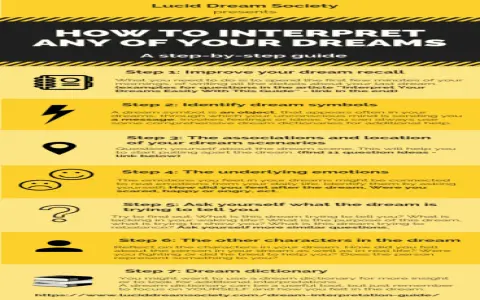Man, let me tell you, I spent years messing around with dream interpretation. I’d wake up, write down five pages of nonsense, then spend the rest of the morning cross-referencing symbols in a bunch of dusty books and sketchy websites. It was useless. By the time I figured out what the collapsing house meant, I’d already made the stupid decision the dream was trying to warn me about. The insight was always too late. Like showing up to a fire sale the day after the store burned down.
I needed answers, and I needed them fast. I was sick of waiting for some ancient dude’s theory on what a blue elephant means when my gut was screaming something else entirely. The whole point of dream work is to get the subconscious scoop on what you need to do right now, not what you needed to do three Tuesdays ago.
The Mess That Forced My Hand
The urgency really kicked in about six months ago. I was working a job that was draining my soul, but it paid great. I kept having this one dream—and I mean, it was relentless. It wasn’t about flying or falling; it was about trying to drive a beat-up old truck up a steep, muddy hill. I was spinning the tires, getting nowhere, burning fuel, smelling smoke. Every single night.

I knew it was about the job, but I couldn’t get the clarity to actually quit. I’d read all the books. Truck means labor. Mud means stagnation. Hill means challenge. Okay, great, so I’m stuck in a challenging job where I labor hard. Thanks, Captain Obvious. I needed the instant, gut-punch answer: Should I walk away? Yes or No?
I was watching my savings account dwindle while my anxiety went through the roof, and I realized the traditional method—the whole “lookup dictionary” thing—was fundamentally broken because it tries to turn a deeply personal language into a public library. Your dream symbols are for you, not Carl Jung.
Shifting Gears: The Realization
I decided to ditch the dictionaries. I figured if the answer was so critical, it had to be encoded in the feeling, not the symbol. The symbol is just the wrapper. The feeling is the message.
This is where the practice started. I trained myself to interrupt the dream right at the moment I woke up, before the logical brain could start filtering and smoothing things over. It’s rough, but it works.
Step 1: Weaponize the Alarm Clock.
I started setting my alarm fifteen minutes earlier than necessary. The shock of the alarm right after a heavy dream sequence often leaves you in a weird, semi-conscious state. The dream emotion is still plastered all over your mind like a poorly applied sticker.
I grabbed a pen and a small notebook I kept under my pillow. No phone, no lights, just the pen.
Step 2: Ignore the Plot, Capture the Core.
I forced myself to ignore the narrative—who was there, where I was going—and instead asked three questions, scribbling down the immediate answers without thinking:
- What was the main feeling? (e.g., Panic, relief, disgust, joy)
- What was the strongest image? (e.g., A cracked mirror, a locked door, bright sun)
- What was the action I needed to take in the dream? (e.g., Run, hide, build, push)
For my truck dream, the answers were always: Frustration. Spinning Wheels. Get Out.
The Instant Interpretation Engine
This is the quick-fire part. I developed what I call the “Five Second Cross-Check.” You take the three elements you just wrote down and slam them together to form a single, actionable sentence.
I practiced this by repeating the sentence out loud, even if I sounded like a crazy person in the dark bedroom.
For the truck dream, combining: Frustration + Spinning Wheels + Get Out quickly resolved to: “Your frustration is caused by the feeling of spinning wheels; you need to get out immediately.”
It’s simple, brutally direct, and cuts through all the symbolic fluff. It uses the language your subconscious gave you, not the language some dead therapist invented.
Step 3: The Immediate Reality Test.
The instant answer means nothing if it doesn’t align with reality. So I moved right to the reality check. I’d sit up, take three deep breaths, and ask myself one final question: “If I act on this sentence right now, does it feel like a relief or a terror?”
When the truck dream message came through—”Get out immediately”—I felt this massive, unexpected wave of relief wash over me, even though quitting a high-paying job is scary as hell. The interpretation was validated by the physical release of tension.
That feeling of relief, that’s your instant answer. It’s the body saying, “Finally, you got the memo.”
The Result
I didn’t wait around. I used the next three mornings to confirm this same message appeared, refined it, and then I walked into my manager’s office that Friday and gave notice. No agonizing over the meaning of oil leaks or tire tread patterns. Just the raw instruction.
It sounds rough, maybe a little too fast, but this process forces you to trust the immediate impression the dream leaves on your emotional state, which is almost always the clearest, fastest interpretation you’ll ever get. Stop treating your dreams like homework and start treating them like urgent messages. Capture the feeling, strip the story away, and see what raw instruction is left. You’ll be shocked how much faster you start making decisions.












